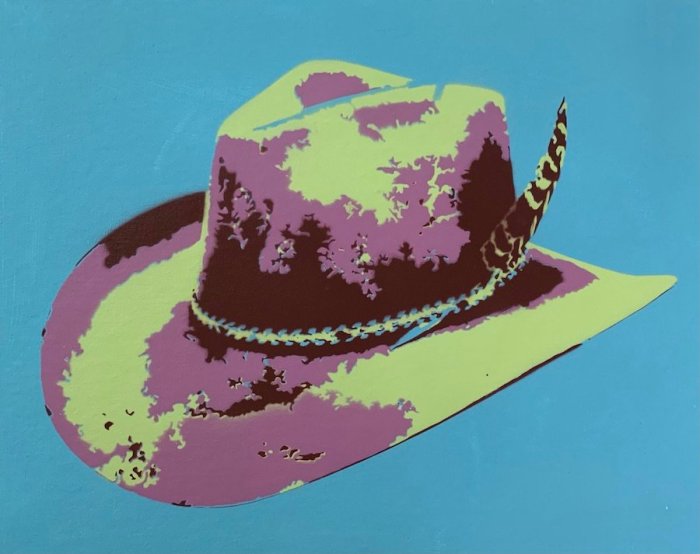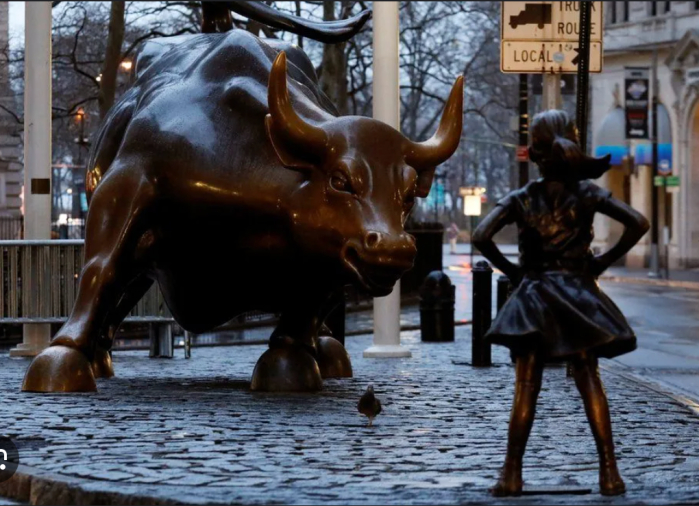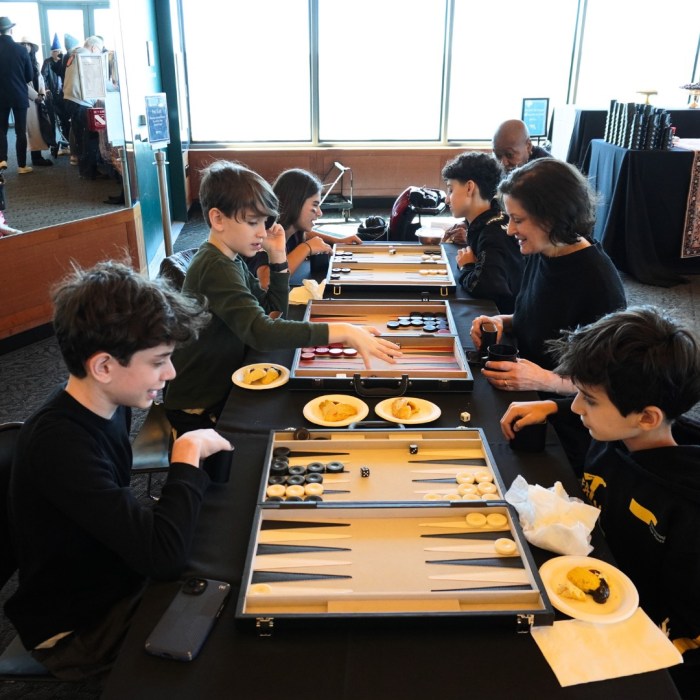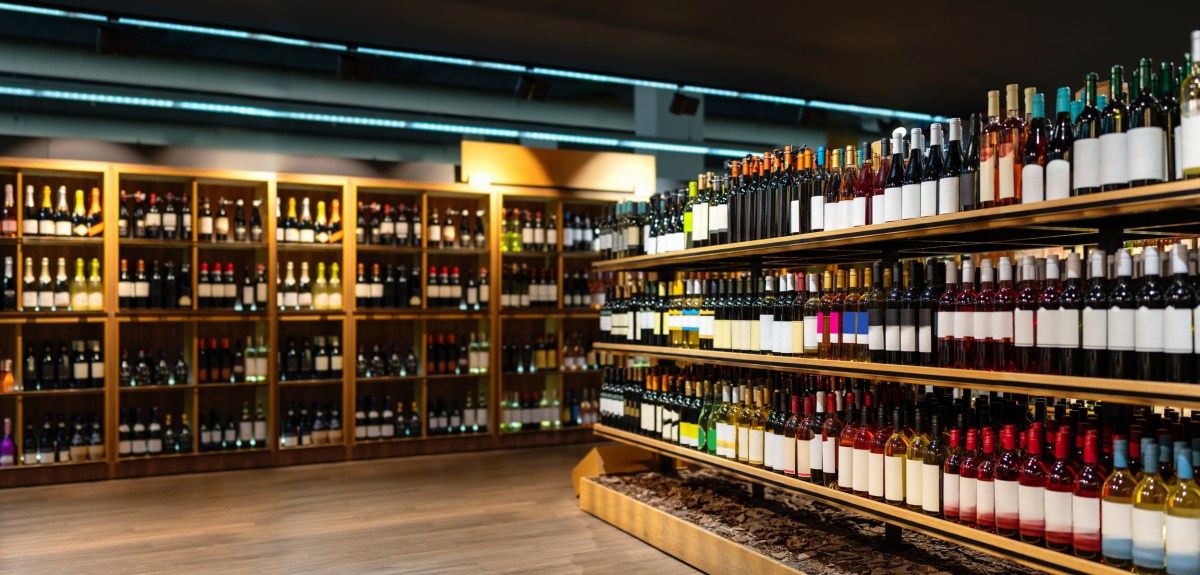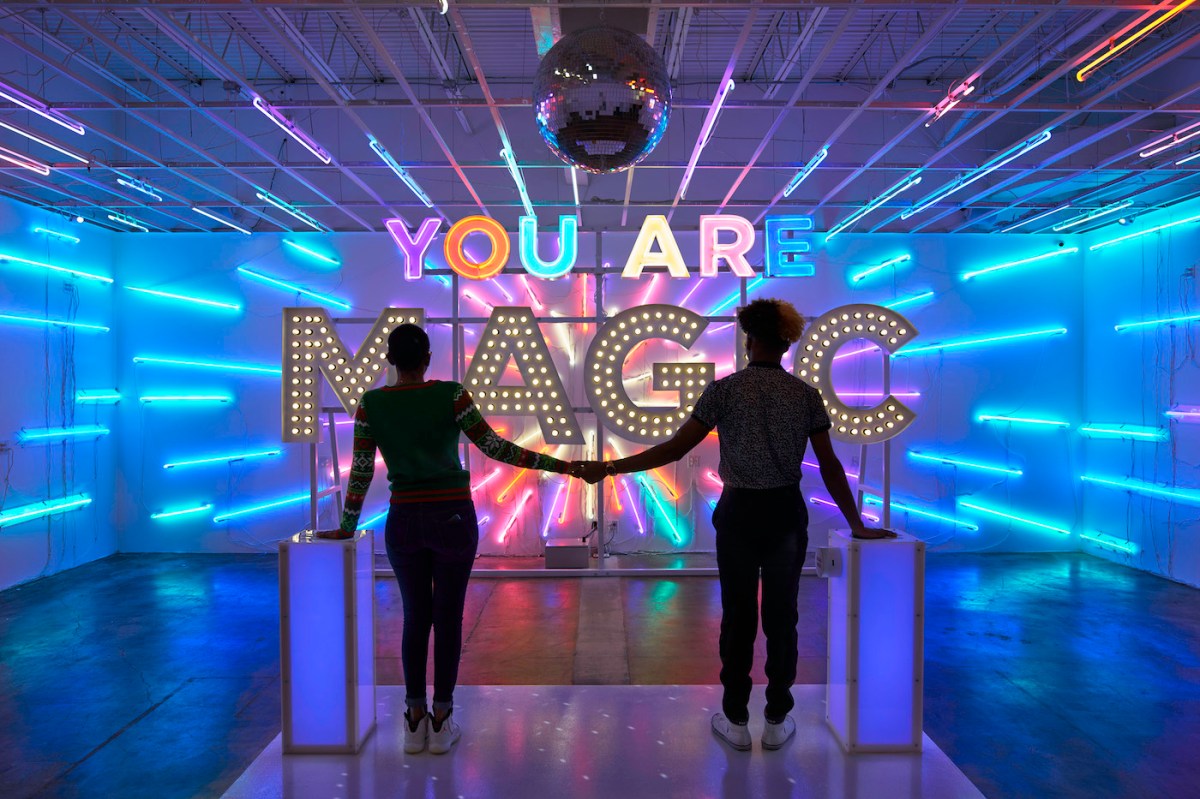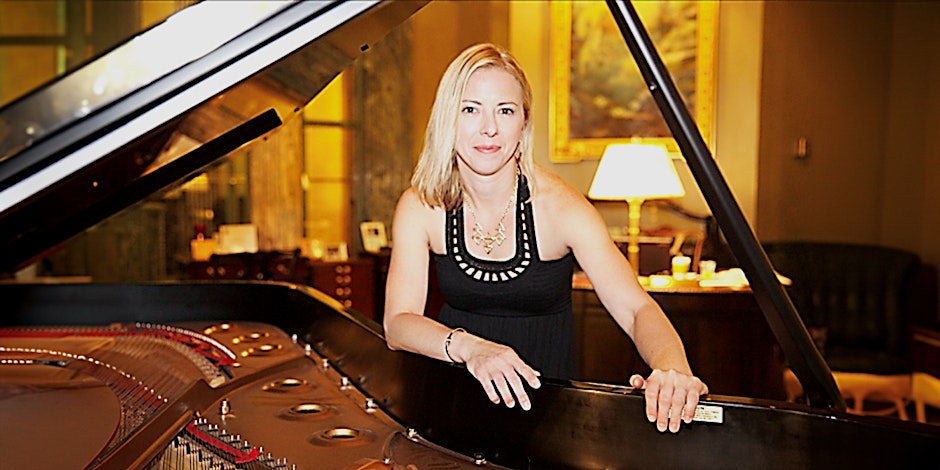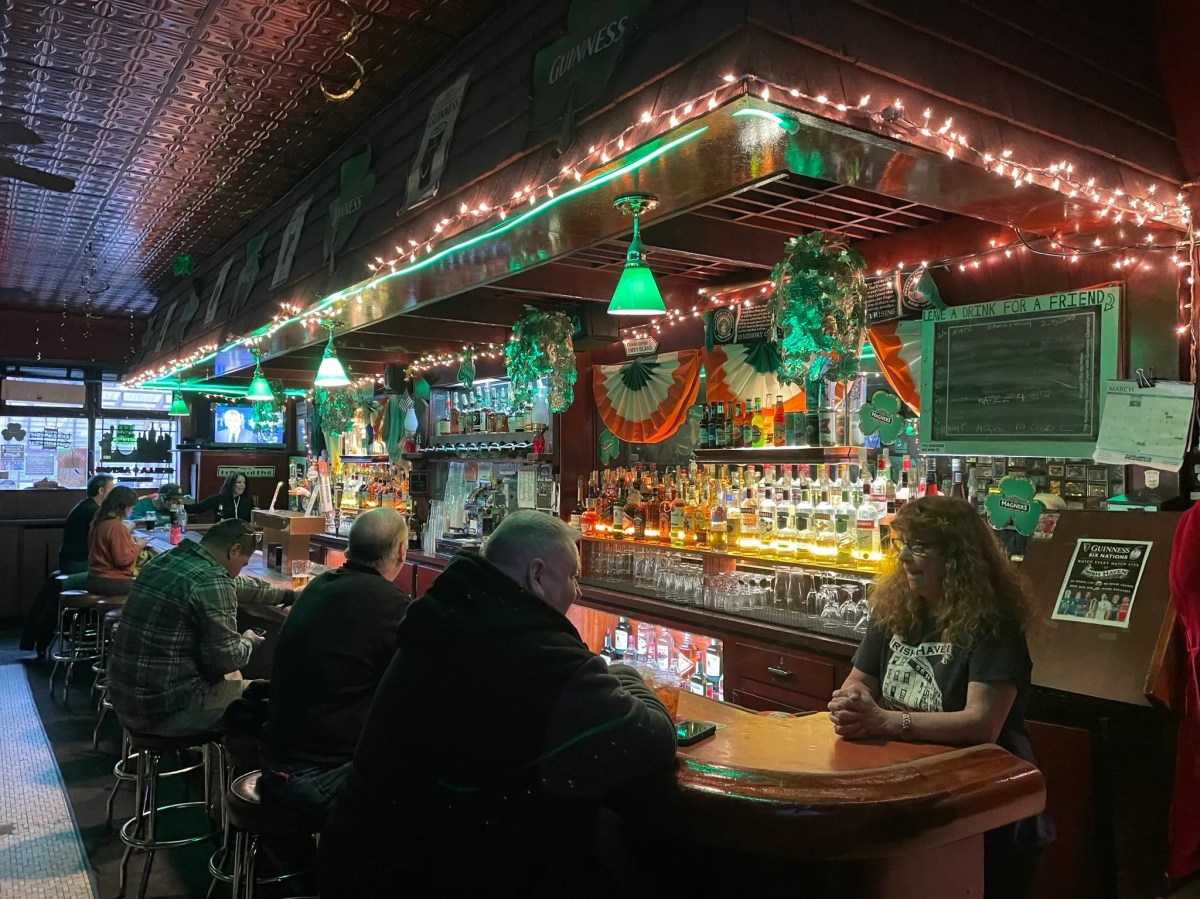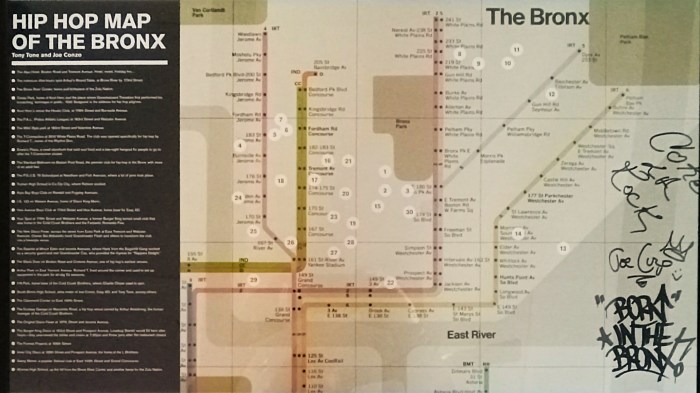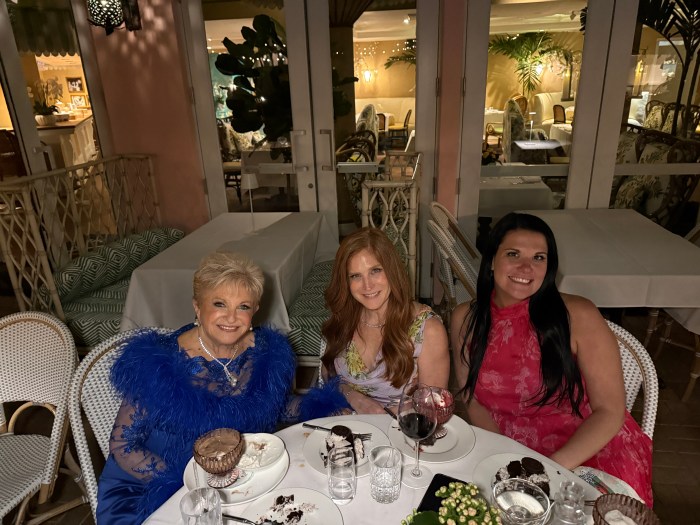On the evening of Feb. 5, the nation’s capital witnessed an unforgettable gathering of art, intellect, and activism at the stunning ART DC rooftop bar of the new Arlo Washington D.C. hotel.
Hosted by DTR Modern Galleries, this vibrant exhibition reception and panel discussion marked a triumphant start to Black History Month, drawing over 300 attendees into a space brimming with dialogue, artistic excellence, and forward-thinking discussions.
The night brought together two powerhouse artists, Halim Flowers and Clarence James, each a force in contemporary art with a unique vision of Black identity, perseverance, and expression. Set against the backdrop of Capitol Hill’s glittering skyline, the event was more than just a celebration—it was a reckoning.

Moderated by Avalon Ashley Bellos, executive director of media and communications at DTR Modern Galleries and The Villager contributor, the panel confronted some of the most pressing issues of our time: the evolving political climate, the weight of Black identity in America, and the transformative power of artificial intelligence. The discussions were candid, unfiltered, and urgent—offering a thought-provoking exploration of how art serves as both a reflection of the times and a catalyst for change.
Halim Flowers, whose journey from incarceration to celebrated artist and advocate has inspired many, spoke on the power of artistic freedom and its role in reclaiming narratives. His works, infused with raw emotion and personal history, stood as visual testaments to resilience and transformation.
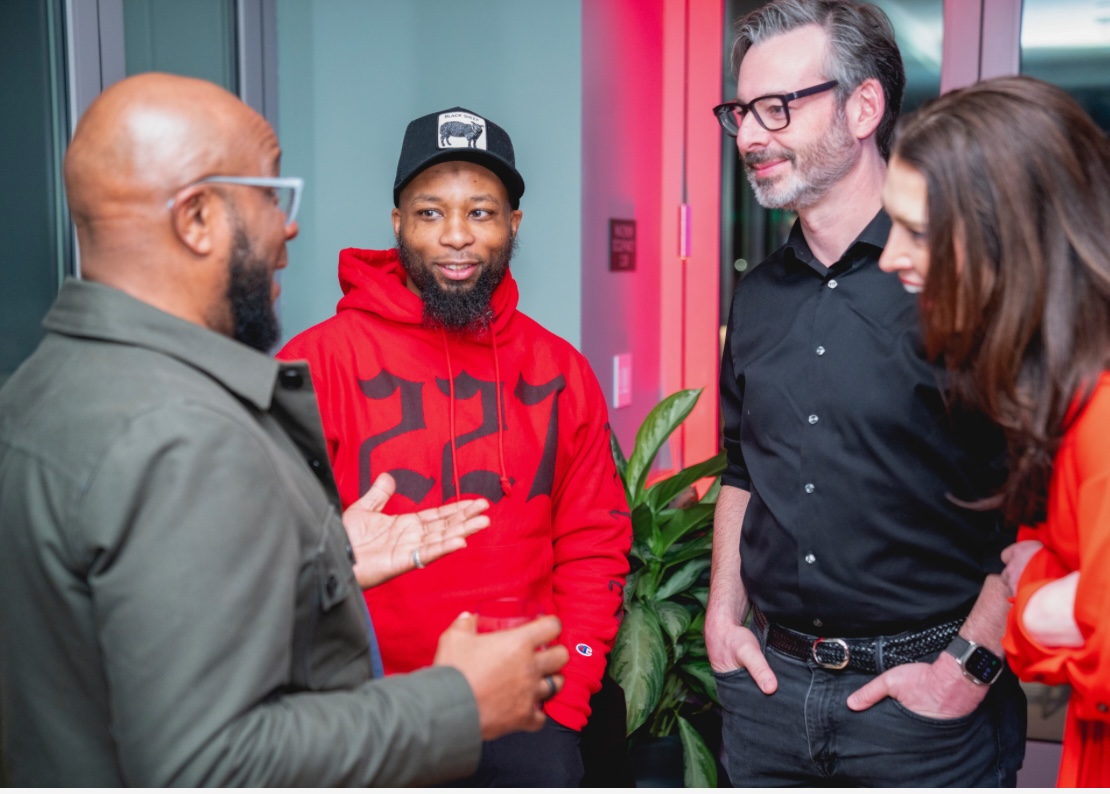
Clarence James, known for his dynamic and surrealist portrayals of Black excellence, brought a fresh perspective on the impact of AI on creative industries. As technology increasingly intersects with art, James challenged the audience to consider its implications—both liberating and cautionary—for Black artists navigating the digital age.
With elegant cocktails in hand, guests engaged in passionate conversations, forming new connections between collectors, art enthusiasts, and cultural changemakers. The event transcended the traditional gallery opening, evolving into a movement—a space where art was not just admired but activated.
As the evening came to a close, one thing was clear: this was not just a gathering; it was a statement. In a city where history is made, this night carved out a new chapter—one of bold artistic expression, critical thought, and the unyielding power of community.
For those who missed it, the exhibition will remain on view at Arlo DC, standing as a testament to the importance of Black artists in shaping the narrative of both today and tomorrow.
Read More: https://www.amny.com/new-york/manhattan/the-villager/






